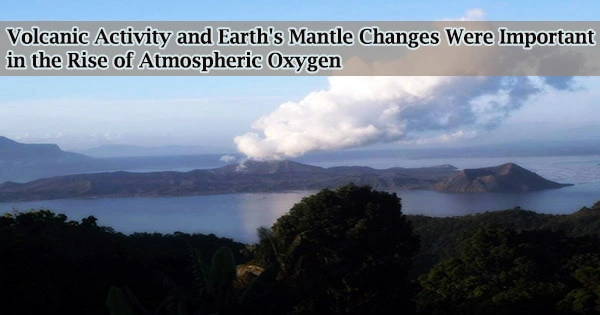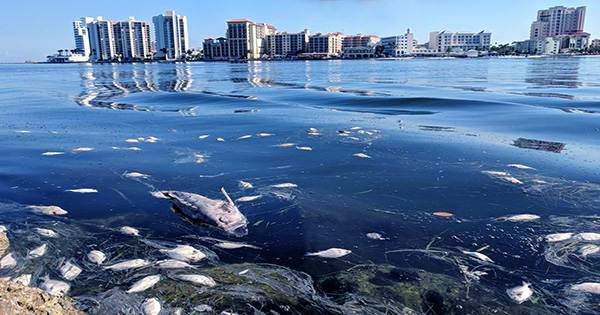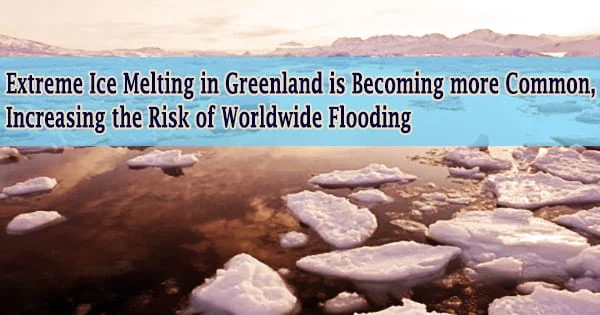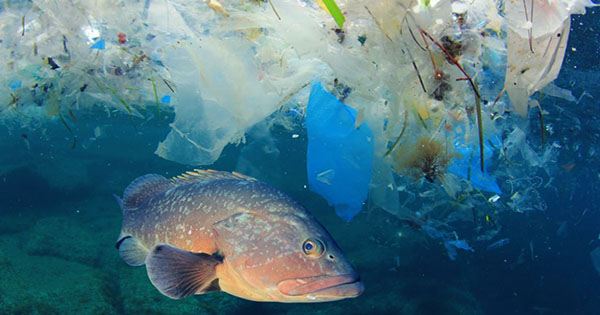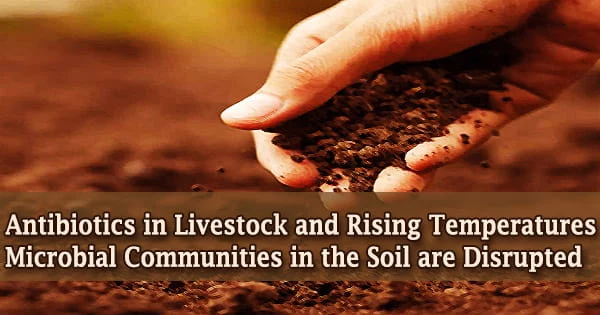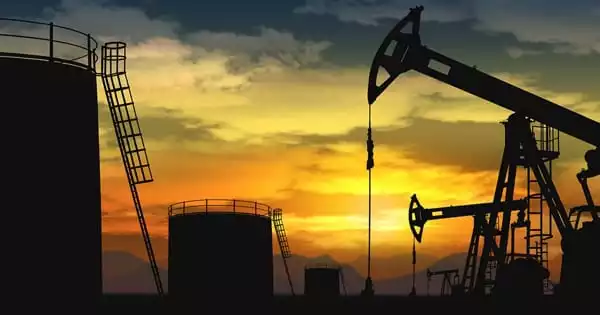Around 2.4 billion years ago, during the Great Oxidation Event, oxygen began to build up in the Earth’s atmosphere. Geologic hints show that early bacteria were photosynthesizing and pumping out oxygen hundreds of millions of years before that, which has long baffled scientists.
Where was it all going?
The rise in oxygen was being impeded by something. According to a recent interpretation of rocks that are billions of years old, volcanic gases are most likely to blame. In June, the open-access journal Nature Communications published the study conducted by the University of Washington.
“This study revives a classic hypothesis for the evolution of atmospheric oxygen,” said lead author Shintaro Kadoya, a UW postdoctoral researcher in Earth and space sciences. “The data demonstrates that an evolution of the mantle of the Earth could control an evolution of the atmosphere of the Earth, and possibly an evolution of life.”
The buildup of oxygen is essential to the evolution of oxygen-breathing life on Earth because multicellular life requires a concentrated source of oxygen.
“If changes in the mantle controlled atmospheric oxygen, as this study suggests, the mantle might ultimately set a tempo of the evolution of life,” Kadoya said.
The new research expands on a 2019 report that discovered the early Earth’s mantle was significantly less oxidized than the present-day mantle or had more materials that may react with oxygen. Up to 3.55 billion years old, the ancient volcanic rocks used in this investigation were gathered from locations in South Africa and Canada.
The 2019 study’s authors include Robert Nicklas from Scripps Institution of Oceanography, Igor Puchtel from the University of Maryland, and Ariel Anbar from Arizona State University. The current paper, which examines how variations in the mantle affected the volcanic gases that fled to the surface, also credits them as co-authors.
When just microbial life was common on Earth, during the Archean Eon, there were more volcanic eruptions than there are now. Magma, a mixture of molten and semi-molten rock as well as gases that escape even while the volcano is dormant, is what fuels volcanic eruptions.
Basically, the supply of oxidizable volcanic gases was capable of gobbling up photosynthetic oxygen for hundreds of millions of years after photosynthesis evolved. But as the mantle itself became more oxidized, fewer oxidizable volcanic gases were released. Then oxygen flooded the air when there was no longer enough volcanic gas to mop it all up.
Professor David Catling
Some of the gases undergo an oxidation reaction with oxygen to produce new molecules. This occurs when any atom with one or two loosely held electrons reacts with oxygen because oxygen has a tendency to be hungry for electrons. For instance, any free oxygen is removed from the atmosphere when hydrogen from a volcano mixes with it.
The sorts of molten rock and gases emitted by volcanoes are ultimately determined by the chemical composition of the Earth’s mantle, or softer layer of rock beneath the crust. There would be more gases like hydrogen that mix with free oxygen in an early mantle that had less oxidation. The 2019 article demonstrates that from 3.5 billion years ago to the present, the mantle’s oxidation increased progressively.
A tipping point where oxygen created by bacteria overcame its loss to volcanic gases and started to accumulate in the atmosphere occurred sometime after 2.5 billion years ago, according to a new study that combines that data with evidence from ancient sedimentary rocks.
“Basically, the supply of oxidizable volcanic gases was capable of gobbling up photosynthetic oxygen for hundreds of millions of years after photosynthesis evolved,” said co-author David Catling, a UW professor of Earth and space sciences.
“But as the mantle itself became more oxidized, fewer oxidizable volcanic gases were released. Then oxygen flooded the air when there was no longer enough volcanic gas to mop it all up.”
This has ramifications for understanding how sophisticated life emerged on Earth and whether life exists elsewhere in the universe.
“The study indicates that we cannot exclude the mantle of a planet when considering the evolution of the surface and life of the planet,” Kadoya said.
This research was funded by the National Science Foundation.
